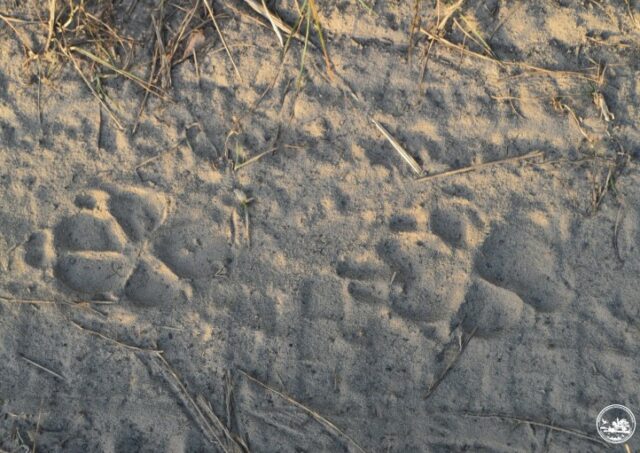An Unlikely Visitor: A Marten Spotted in Chernobyl Reserve
The Chernobyl Reserve, a place often associated with haunting silence and nature reclaiming its space, recently welcomed an exciting guest—a marten. This news, shared by the reserve’s press service, highlights the resilience of wildlife in unexpected environments. The marten was spotted near the village of Novosilka, a reminder of how nature can thrive, even in areas marked by human history.
The Marvelous Marten: A Predator of the Forest
Martens are small carnivores belonging to the weasel family. Their reputation for agility and speed is not just for show; they are skilled hunters of rodents and birds. This makes them a vital part of the ecosystem, helping to maintain the balance between species. In fact, studies show that a healthy marten population can be indicative of a thriving forest habitat. It’s fascinating to think about how these creatures play a pivotal role in their surroundings, acting as both predator and prey.
Nature’s Way of Adapting: The Marten’s Forest Skills
As noted by the reserve, “The marten is a wonderful example of adaptation to forest conditions.” This statement captures the essence of survival in nature. Martens have adapted their hunting techniques and behaviors to become efficient foragers in various environments. This adaptability is crucial, especially in changing climates and ecosystems. For instance, researchers have found that martens can adjust their hunting patterns based on food availability and seasonal changes, showcasing their resourcefulness.
Significant Sightings: Tracking the Marten
While the marten’s recent appearance was a thrilling event, it isn’t the first time these creatures have made their presence known in the Chernobyl Reserve. Tracks and signs of martens have been observed previously, hinting at a potential resurgence in their population. This trend may reflect a broader recovery of wildlife in areas previously affected by human activity. According to data from wildlife conservation agencies, the return of species like the marten often signals positive ecological changes.
- Importance of Biodiversity: The presence of diverse species like martens ensures robust ecosystems and balances food chains.
- Habitat Preservation: Conserving natural habitats allows species to flourish, providing sanctuaries for wildlife.
- Community Engagement: Local awareness and participation in conservation efforts can enhance the protection of these remarkable animals.
A Call to Action: Protecting Our Natural Heritage
The story of the marten at Chernobyl serves as a powerful reminder of the need to protect our natural habitats. Every species, no matter how small, plays a part in the intricate web of life. As stewards of the earth, it’s our responsibility to create environments where these animals can thrive. Whether advocating for wildlife corridors or supporting local reserves, every effort counts in fostering a healthier planet.
Let’s celebrate this remarkable sighting and strive to ensure that future generations can also experience the beauty of wildlife in its natural habitat. After all, in the face of adversity, nature’s resilience shines brightly, urging us all to act in its defense.






